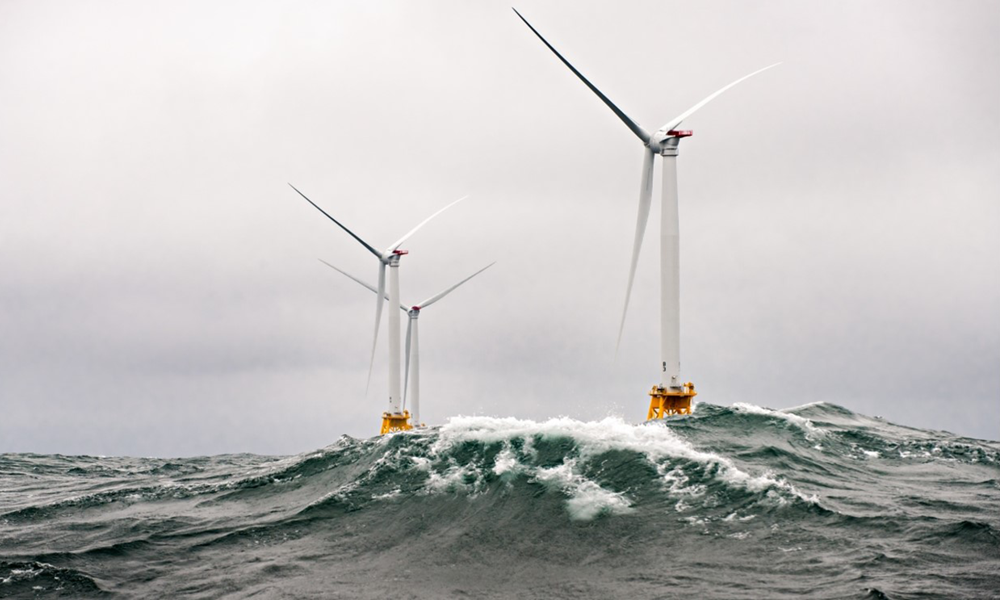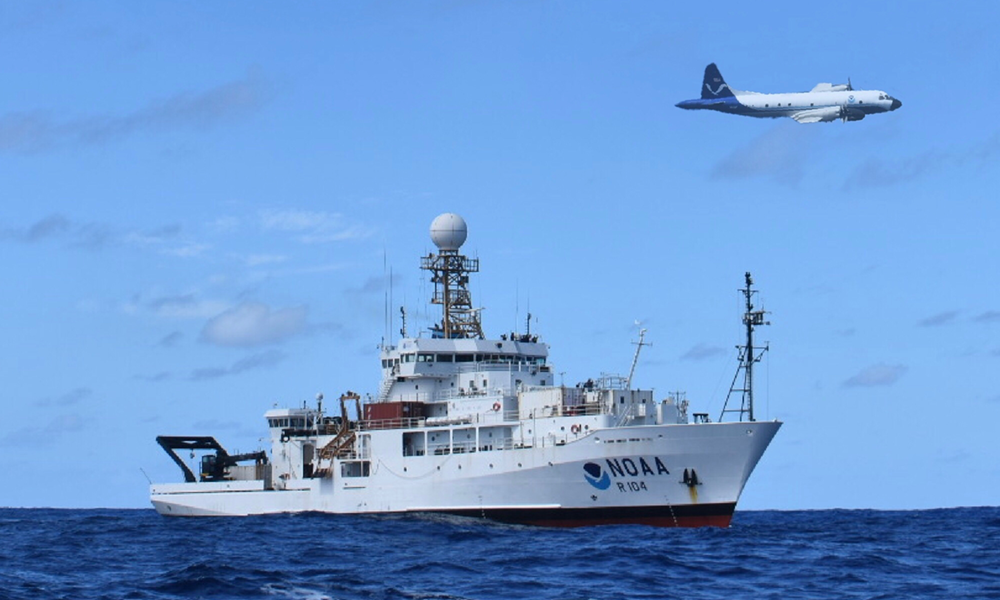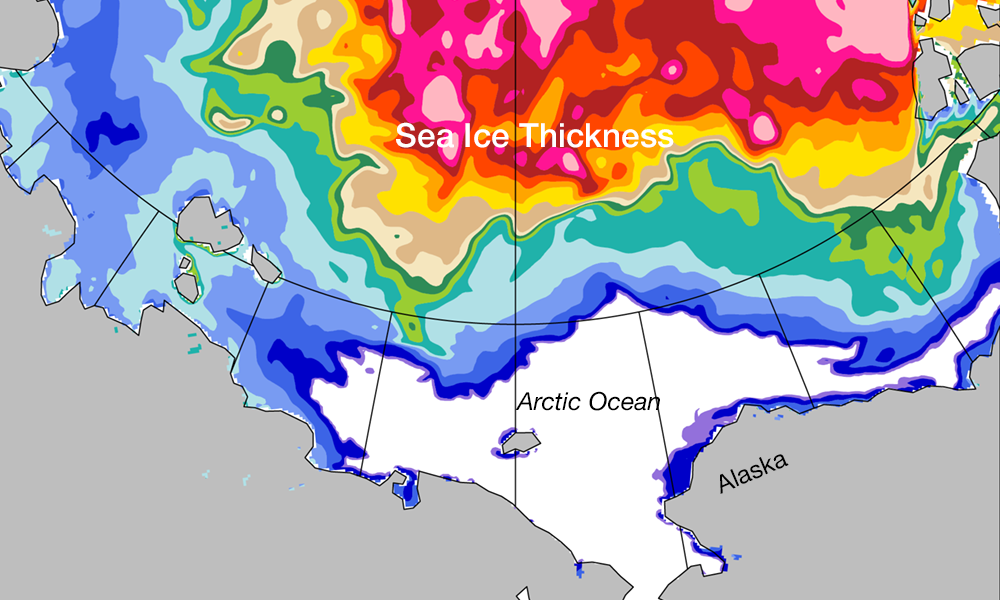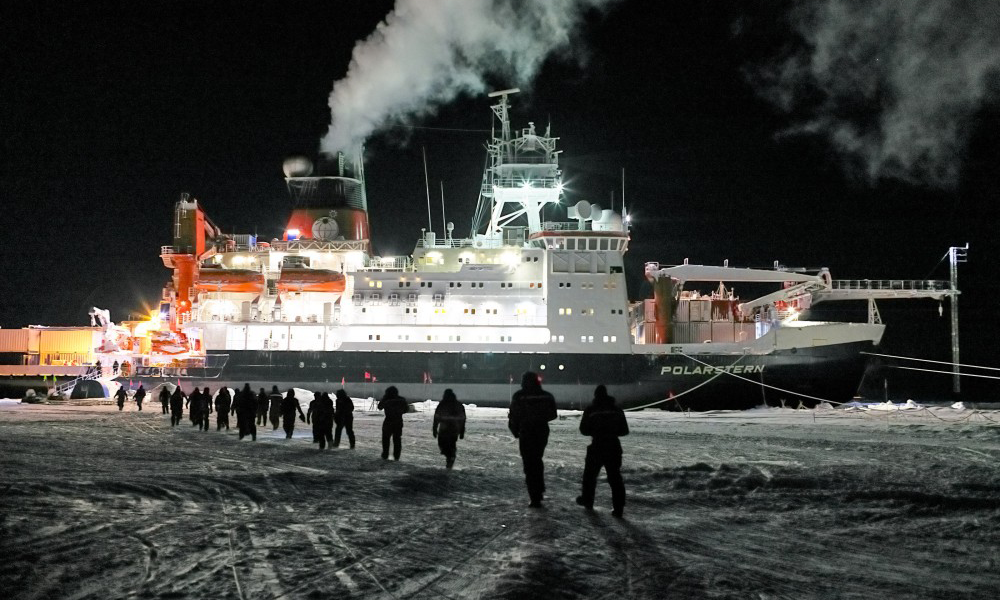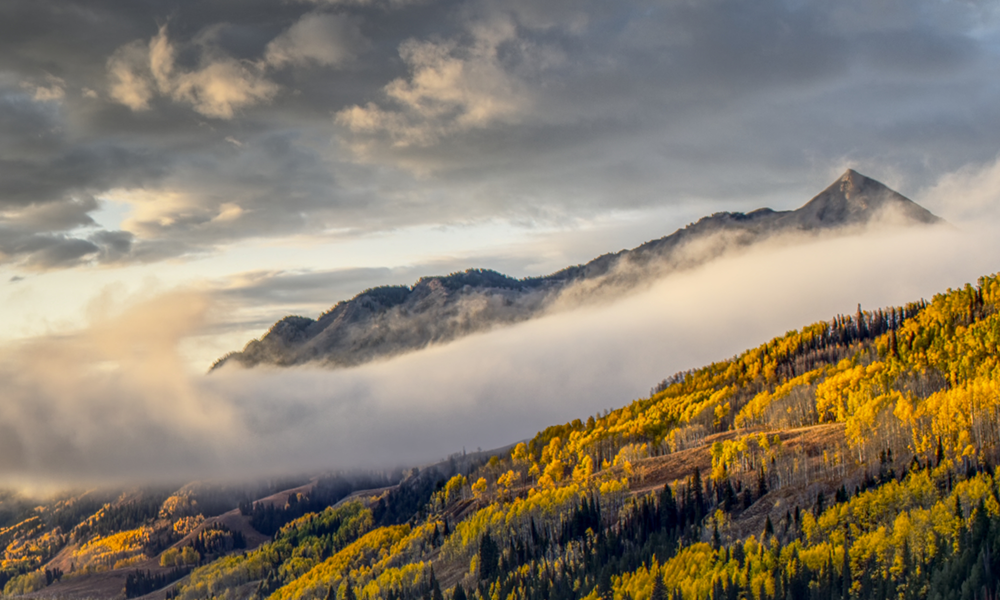Boundary Layer Observations and Processes
The processes occurring in the lowest few kilometers of atmosphere closest to the Earth's surface drive weather and climate phenomena throughout the world. The right combination of conditions in this 'boundary layer' can influence how much rain will fall during a storm, the direction and distance that pollution is transported, or the strength and path of a hurricane, for example.
What We Do
PSL's Boundary Layer Observations and Processes Division focuses on advancing the understanding of atmospheric boundary-layer processes to promote improved prediction, modeling, and analysis of weather, climate, sea ice and snow, clouds and precipitation, air-sea interactions, and hydrology.
We work to improve the characterization, understanding, and capability to predict boundary layer structure, processes, and surface interactions between the atmosphere, oceans, land, and ice through our expertise in remote sensing, in situ observations, boundary-layer physics, and parameterization development.
We strive to form a unique bridge between observations, process understanding, and modeling to help improve forecasting. Applications and research span the marine, land, and frozen water environments including topics related to extreme events, precipitation, renewable energy, sea ice, and linkages between weather and climate.
Research Activities
Publication Highlight
Snow thermal conductivity and conductive flux in the Central Arctic: Estimates from observations and implications for models, By Anne Sledd (PSL/CIRES), Matthew Shupe (PSL/CIRES), Amy Solomon (PSL/CIRES), Chirstopher Cox (PSL), et al., 2024, Elem. Sci. Anth. Learn more
Impact of seasonal snow-cover change on the observed and simulated state of the atmospheric boundary layer in a high-altitude mountain valley, By Bianca Adler (PSL/CIRES), Jim Wilczak (PSL), Laura Bianco (PSL/CIRES), Ludovic Bariteau (PSL), Christopher Cox (PSL), Gijs de Boer (CIRES), Irina Djalalova (PSL/CIRES), Michael Gallagher (PSL/CIRES), Janet Intrieri (PSL), Timothy Myers (PSL/CIRES), Allen White (PSL) et al., 2023, JGR: Atmospheres Learn more

